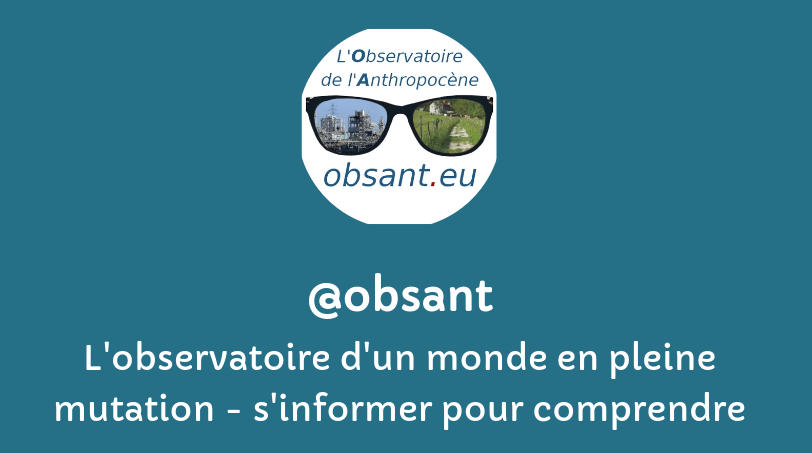Recherche : Articles ![]() Audio – podcast
Audio – podcast ![]() Fiches
Fiches ![]() Livres
Livres ![]() Sites
Sites ![]() Vidéos
Vidéos ![]() retour Veille
retour Veille
Uniquement les fiches et Documents
Pour voir les références d’un(e) auteur(e), cliquez sur son nom. Pour revenir à la page, utilisez le bouton refresh ci-dessous.
Cela fonctionne également avec les mot-clés de chaque référence.
filtre:
séquestration
The fate, effects, and treatment of per- and polyfluoroalkyl substances (PFAS), an anthropogenic class of chemicals used in industrial and commercial production, are topics of great interest in recent research and news cycles. This interest stems from the ubiquity of PFAS in the global environment as well as their significant toxicological effects in humans and wildlife. Research on toxicity, sequestration, removal, and degradation of PFAS has grown rapidly, leading to a flood of valuable knowledge that can get swamped out in the perpetual rise in the number of publications. Selected papers from the Journal of Hazardous Materials between January 2018 and May 2022 on the toxicity, sequestration, and degradation of PFAS are reviewed in this article and made available as open-access publications for one year, in order to facilitate the distribution of critical knowledge surrounding PFAS. This review discusses routes of toxicity as observed in mammalian and cellular models, and the observed human health effects i
L'Allemagne s'est fixé l'objectif ambitieux d'atteindre la neutralité carbone d'ici à 2045, en misant essentiellement sur le développement des énergies renouvelables et des gains d'efficacité énergétique. Dans l'analyse ci-après (en anglais) publiée le 30 juin par l'Oxford Institute for Energy Studies, Ralf Dickel(1) « montre pourquoi, pour l'Allemagne, une approche entièrement renouvelable et principalement électrique pour atteindre zéro émission nette d'ici 2045 ne fonctionnera pas, et ne permettra pas de maintenir un approvisionnement énergétique fiable ». Il souligne à ce titre le rôle essentiel du captage et de la séquestration du CO2 dans le cas allemand. L'auteur s'interroge en particulier sur les possibilités et infrastructures nécessaires pour exporter le CO2 capté sur le territoire allemand vers la Norvège.
![]()



